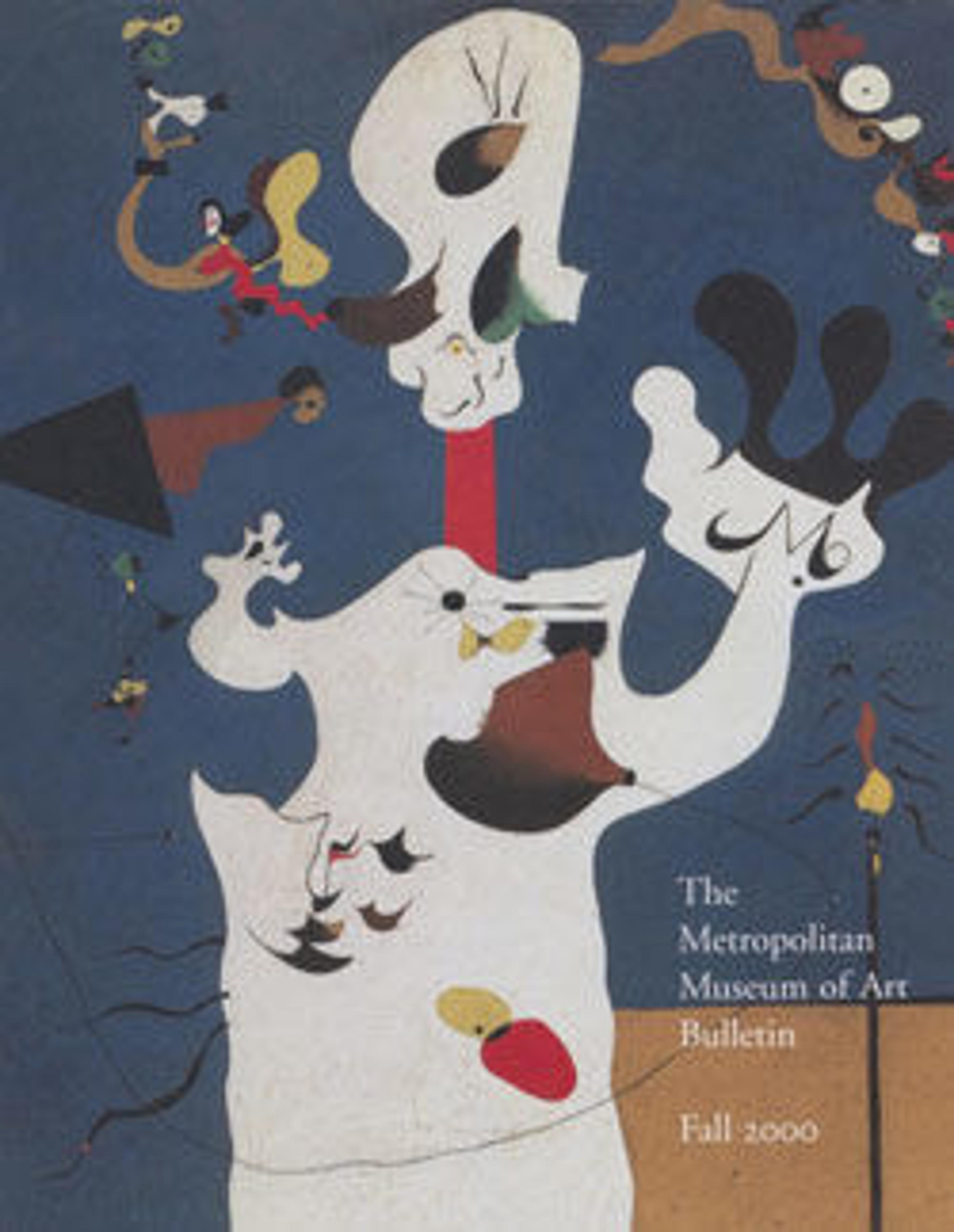Birds and Flowers of the Four Seasons
The right-hand screen features plum blossoms with other spring flowers growing nearby; farther to the left, the irises of summer are in bloom. Nightingales and cuckoos celebrate both seasons. The left-hand screen depicts autumn and winter, represented by hibiscus, snowy bamboo, a kingfisher, and pheasants. Each screen bears two seals of Kano Sanboku. Little is known about Sanboku except that he was a student of both Kano Sanraku (1559–1635) and Kano Sansetsu (1590–1651), the two great masters of the Kano school’s Kyoto branch. His subdued depiction of the four seasons recalls the art of Sansetsu and is almost devoid of color, shunning the exuberance that appealed to the taste of warrior clients of the early Edo period.
Artwork Details
- 狩野山卜筆四季花鳥図屏風
- Title:Birds and Flowers of the Four Seasons
- Artist:Kano Sanboku (Japanese, active mid-17th–early 18th century)
- Period:Edo period (1615–1868)
- Date:late 17th century
- Culture:Japan
- Medium:Pair of six-panel folding screens; ink, color, and gold on paper
- Dimensions:Image: 59 in. x 12 ft. 1/2 in. (149.9 x 367 cm)
- Classification:Paintings
- Credit Line:Purchase, Friends of Asian Art Gifts, 1999
- Object Number:1999.204.1, .2
- Curatorial Department: Asian Art
More Artwork
Research Resources
The Met provides unparalleled resources for research and welcomes an international community of students and scholars. The Met's Open Access API is where creators and researchers can connect to the The Met collection. Open Access data and public domain images are available for unrestricted commercial and noncommercial use without permission or fee.
To request images under copyright and other restrictions, please use this Image Request form.
Feedback
We continue to research and examine historical and cultural context for objects in The Met collection. If you have comments or questions about this object record, please contact us using the form below. The Museum looks forward to receiving your comments.
